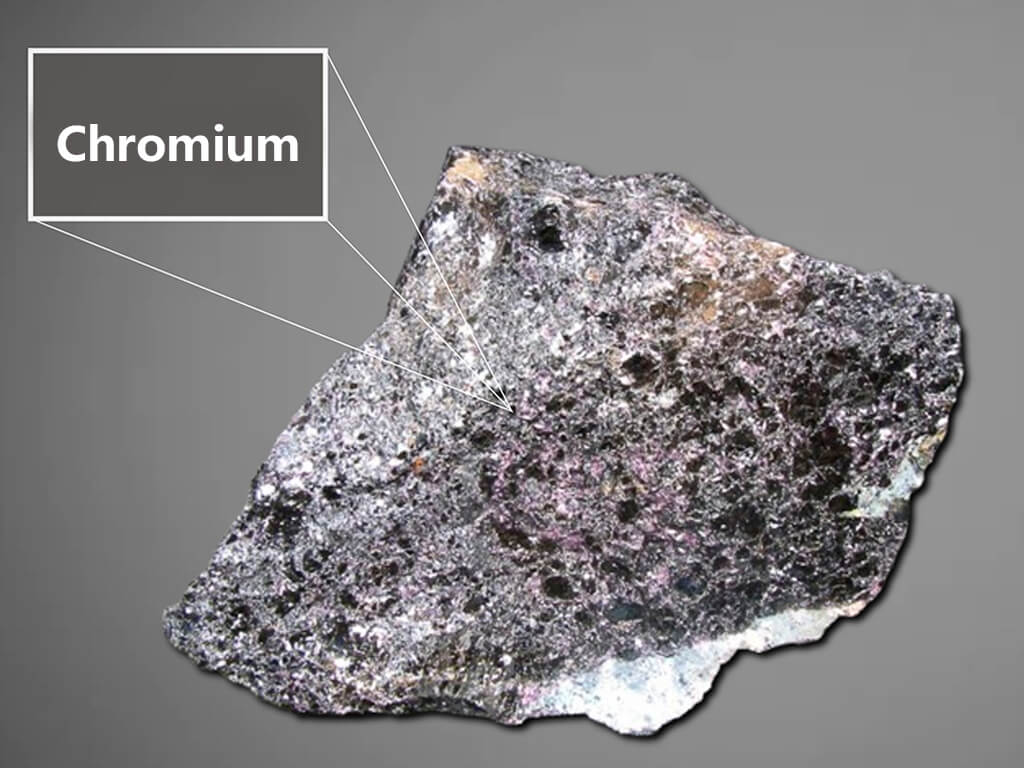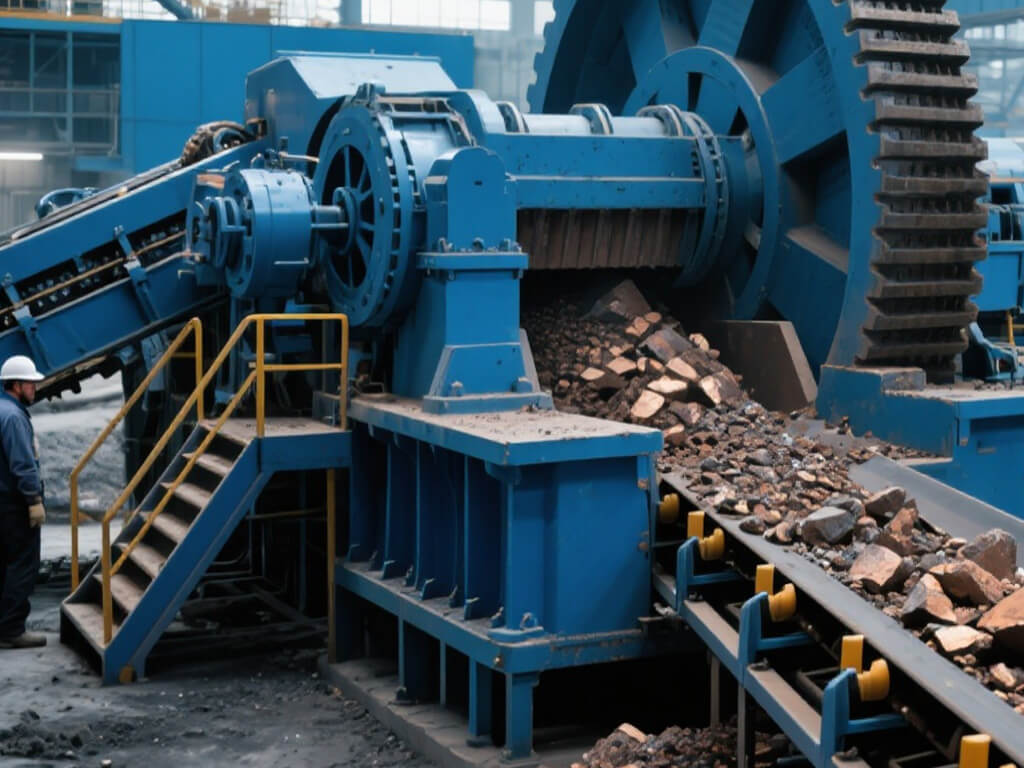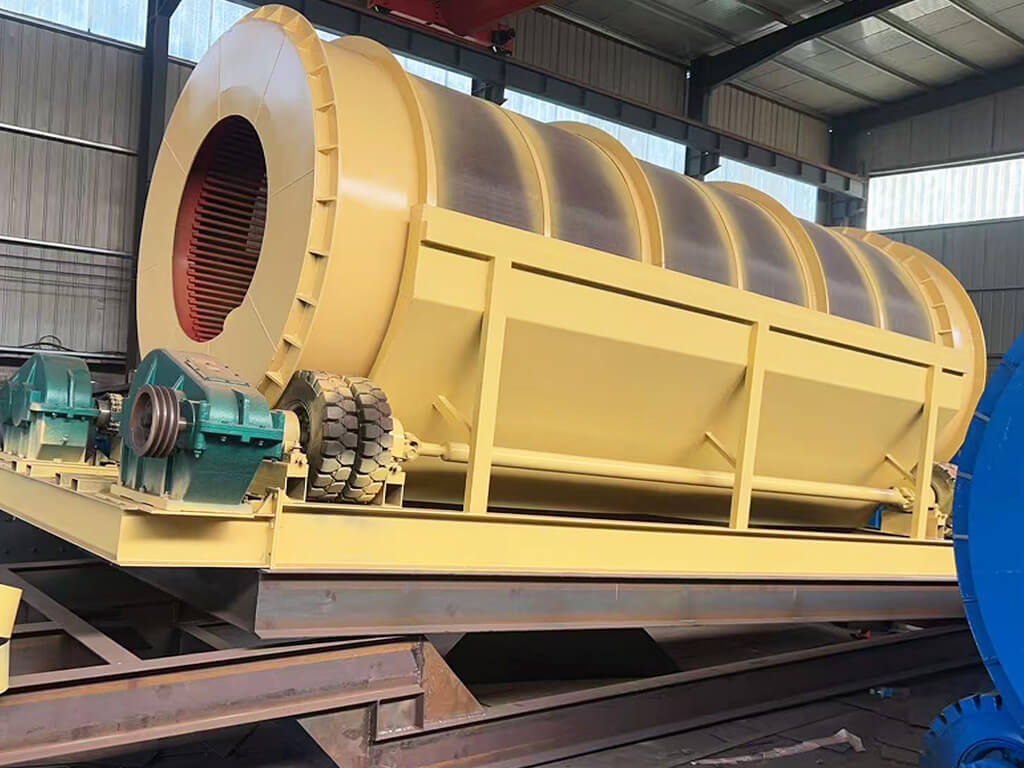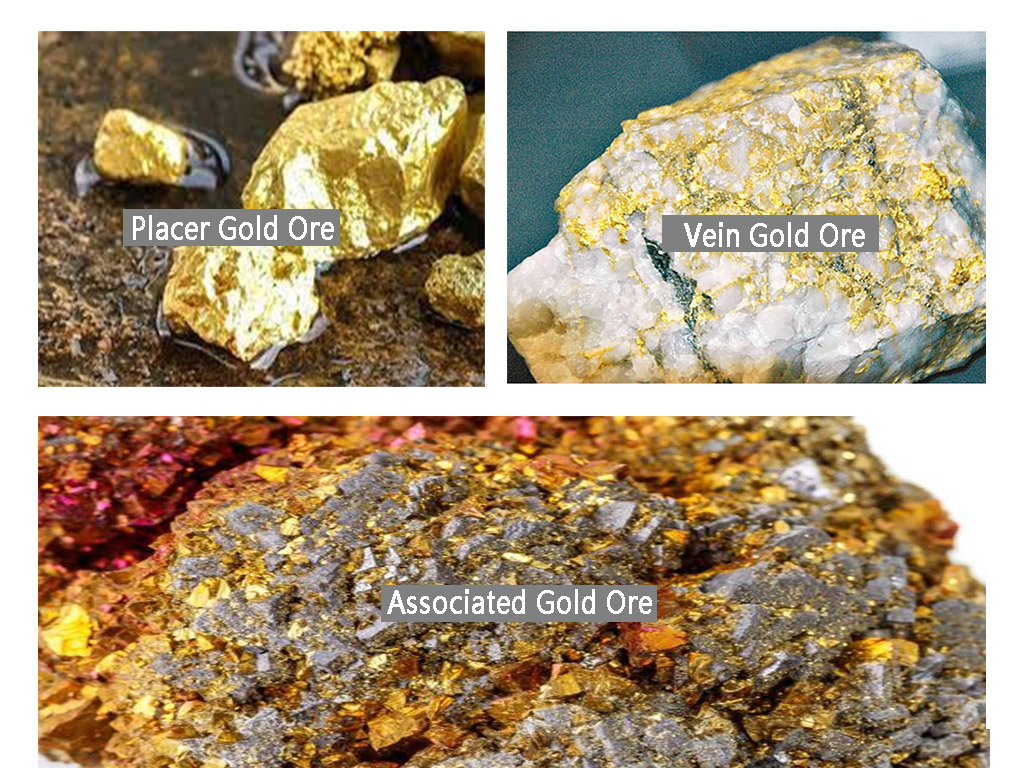- Home
- Blog
- Mineral Solution
- Unlocking the Secrets of Magnetic Minerals
- minejxsc
Preface
What Are Magnetic Minerals?
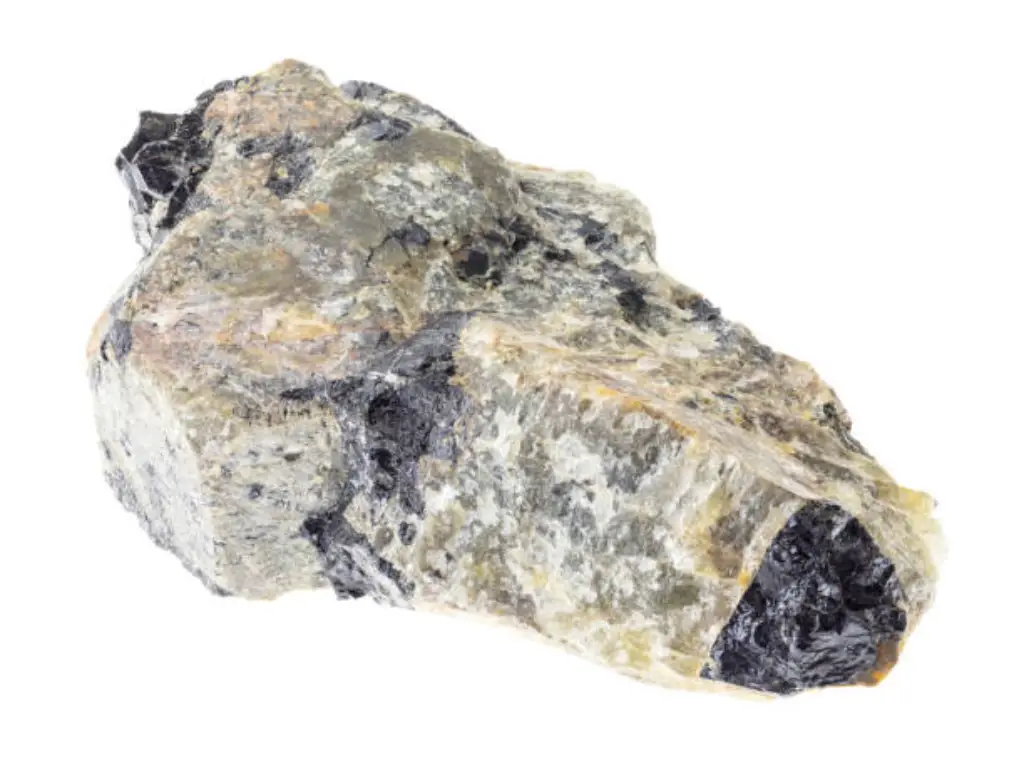
Magnetite and ilmenite are examples of ferrites which are naturally occurring minerals that can be magnetized and retain their magnetism. These minerals are important in capturing the history of the Earth’s magnetic field and aid researchers in understanding the processes of pole reversal and shifting of the magnetic field. In mining they are very useful, especially in magnetic separation, where they help in the extraction of valuable minerals such as iron and titanium for industrial purposes. To learn more about how magnetic separation aids in mineral extraction, visit Understanding Electromagnetic Separation: A Comprehensive Guide.
The Formation Process of Magnetic Minerals
Magnetic minerals occur in different geological processes and play a crucial role in the rock magnetism. In igneous rocks, minerals such as magnetite are formed from cooling magma and may contain spinel grains in the magnetite. These magnetite crystals, rich in iron oxides, are responsible for the mineral magnetism of the rock. These magnetic materials can be affected by the Verwey transition at high temperatures, which affects saturation magnetization and coercivity (Hc). When the temperature approaches the Curie temperature (Tc), the magnetic remanence of these minerals changes, which provides important information about the formation conditions.
In sedimentary settings, magnetic minerals including titanomagnetites and other oxides of iron are transported by natural processes including wind and water and settle down in layers that form part of the environmental magnetism. In the course of time, chemical transformations, for instance, oxidation of Fe-bearing minerals, may affect ilmenite and hematite and change the grain shape and mineralogy. These processes influence the degree of coercivity and the crystal structure of magnetic minerals, which in turn helps to understand the history of geomagnetic fields and the conditions under which the rocks were formed.
Common Types of Magnetic Minerals
Magnetic minerals are very diverse in terms of their characteristics and their locations. Here are some of the most common types, each with specific characteristics that make them useful in both scientific research and industrial applications:
| Types | Properties | Formation Environment |
|---|---|---|
| Magnetite | High remanent magnetization, strong magnetic attraction | Found in igneous, metamorphic, and sedimentary rocks |
| Ilmenite | Weakly magnetic, used in titanium production | Common in igneous and metamorphic rocks |
| Hematite | Weak magnetic properties, formed by oxidation | Common in sedimentary environments and weathered zones |
| Goethite | Weak magnetism, important in weathering processes | Common in soils and sediments |
What Are the Uses of Magnetite?
How Magnetic Minerals Are Identified?
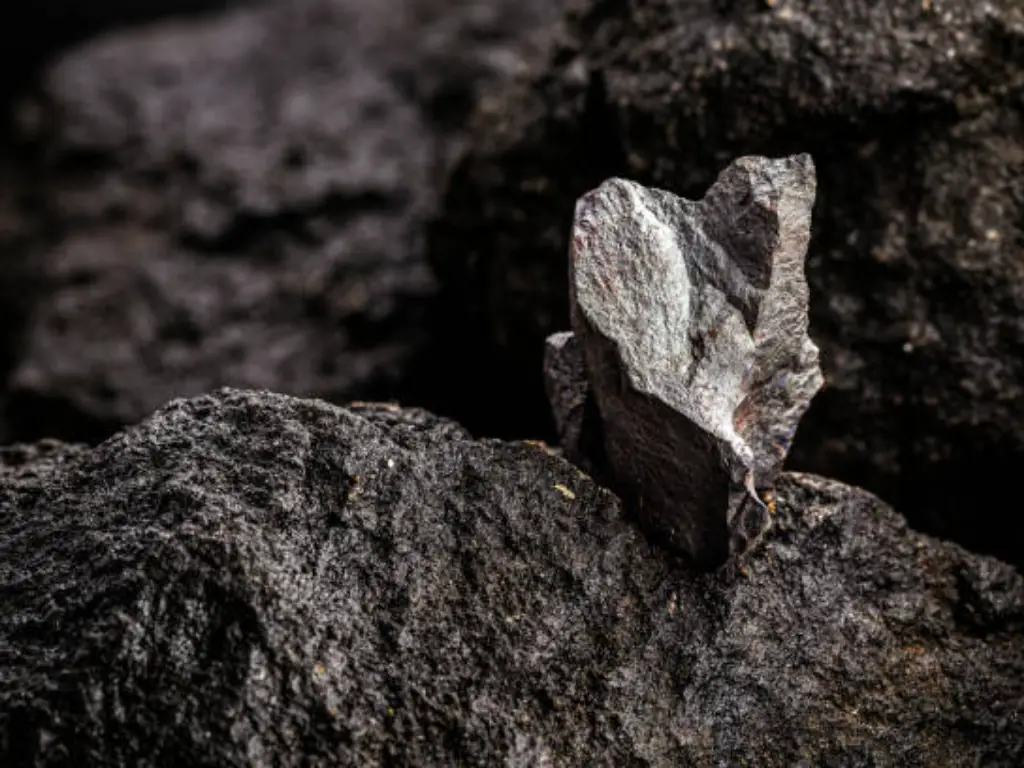
Other methods such as XRD are more accurate in identifying the spinel crystal structure of minerals and are useful in the identification of weakly magnetic minerals such as ilmenite and goethite. Electron holography is one of the tools that can be used to investigate the fine-grained minerals at the nanoscale to determine the magnetic moments of the grains in the sedimentary rocks. These combined techniques allow the researchers to quantify and characterize the magnetic minerals with a higher degree of confidence and therefore improve the understanding of the geological processes recorded in the Earth’s crust. This in turn helps in the study of geomagnetism and increases the understanding of the concentration of magnetic minerals such as garnet and biotite in different rocks.
How to Extract Magnetic Minerals?
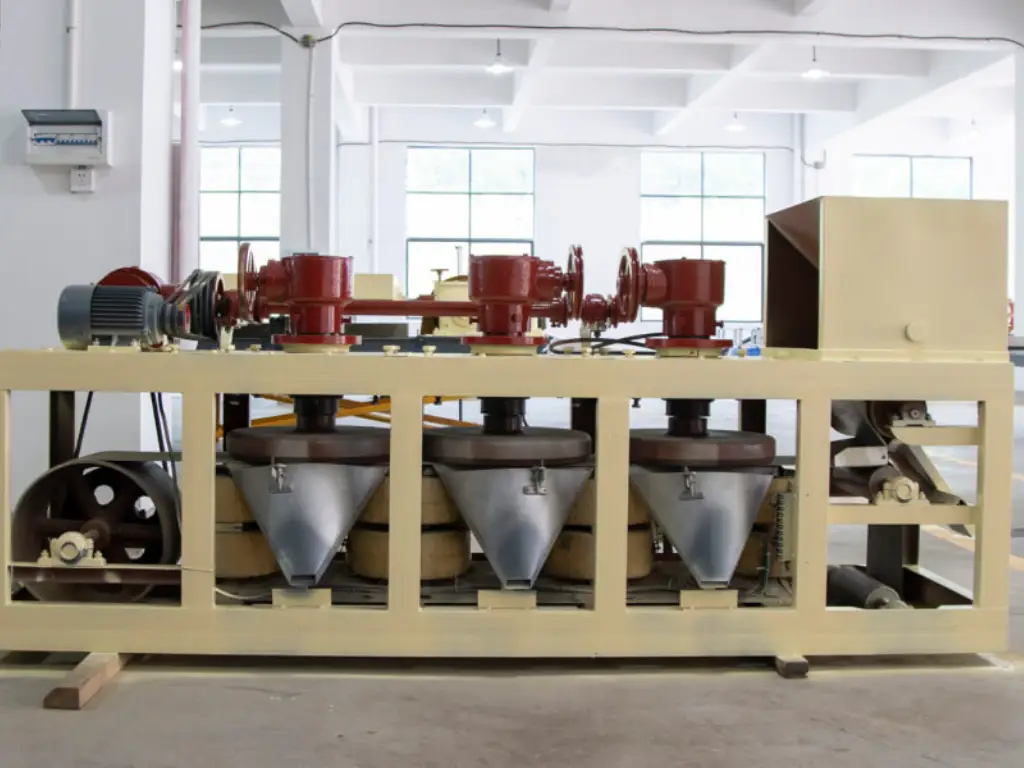
How Magnetic Minerals Influence Earth’s Processes?
Conclusion
JXSC Magnetic Separators Efficiently Separate Magnetic Minerals
JXSC has become a world-class manufacturer of magnetic separators that are efficient to cater for the modern mineral processing. JXSC was established in 1985, and it has a big factory occupying an area of 30,000 square meters, and it has advanced technology and experienced engineers. The company offers a broad spectrum of magnetic separators such as three-disc dry magnetic separators, and high intensity magnetic separators. These machines are built to efficiently sort out different types of magnetic minerals such as magnetite and ilmenite ore and guarantee high recovery rates as well as sorting of fine and ultrafine particles. JXSC also provides these machines in customized form to meet the requirements of the client and the type of mining they are involved in.

